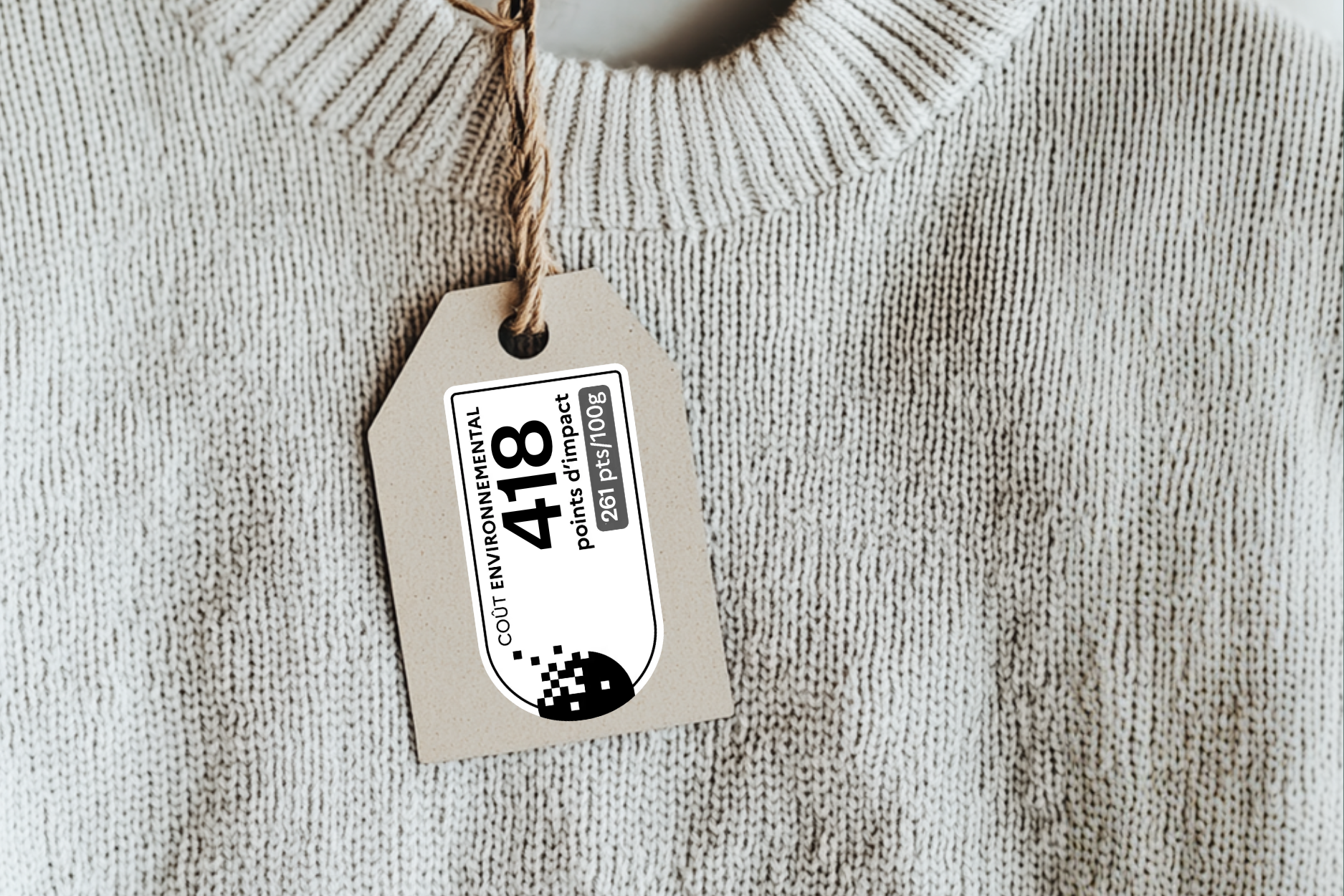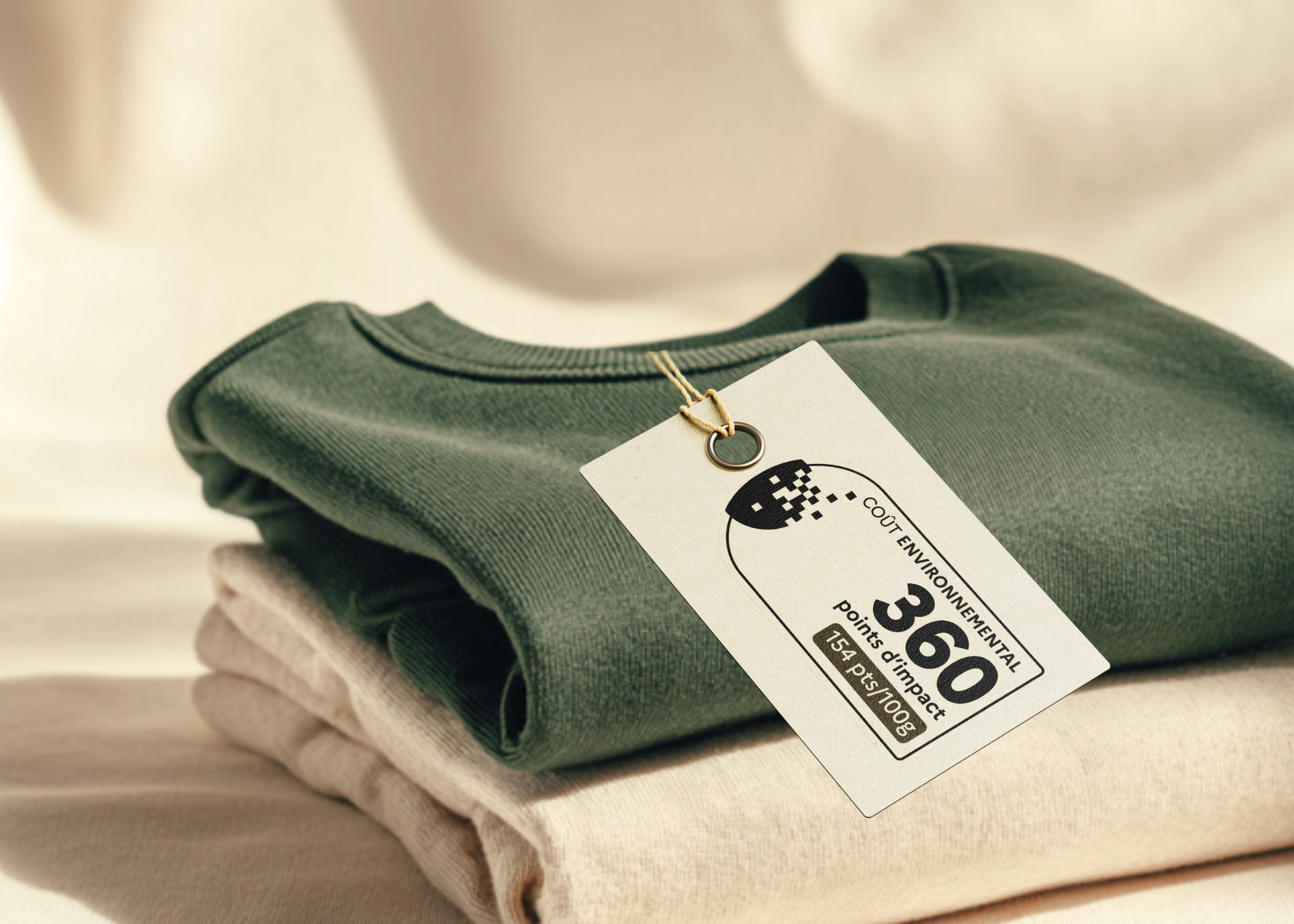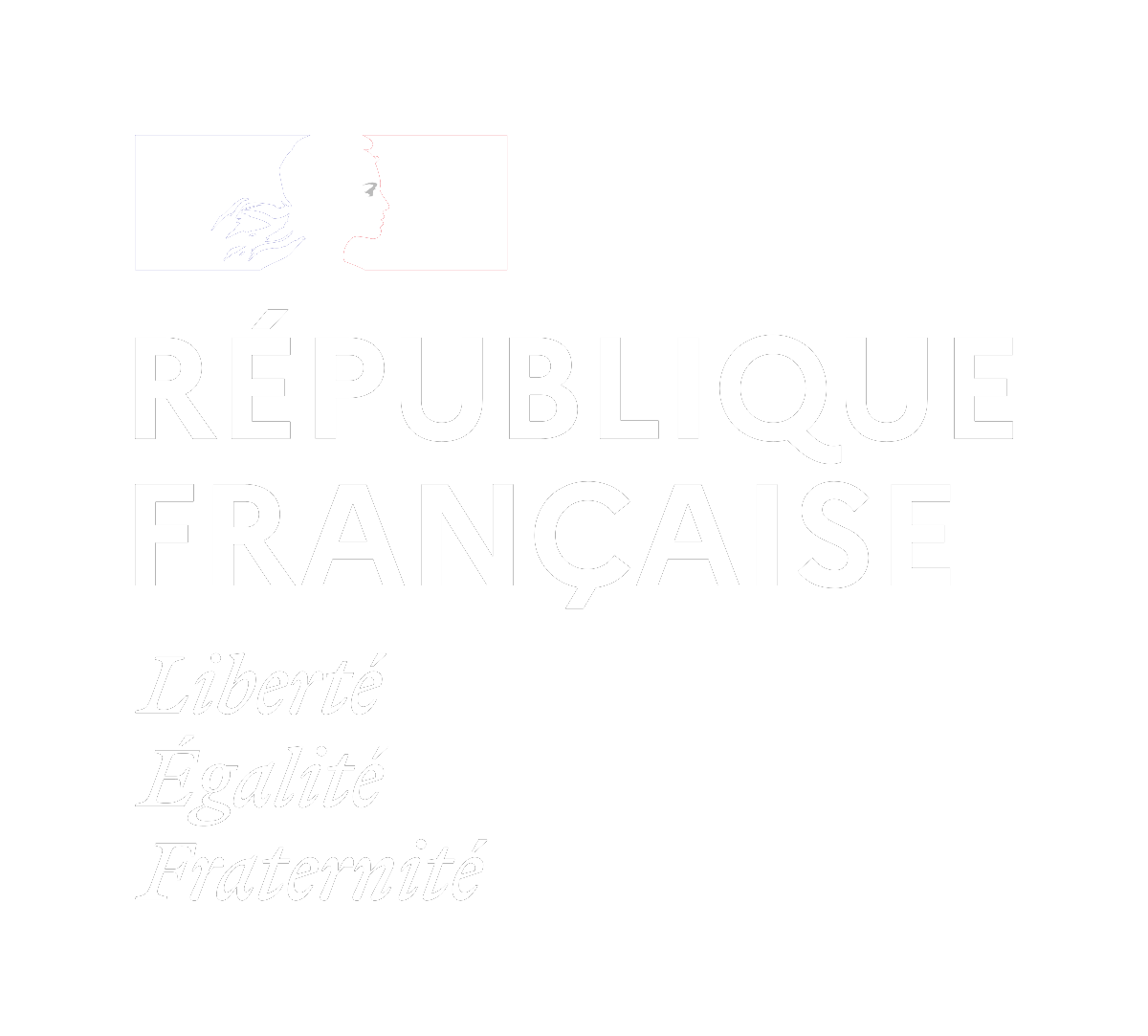Environmental Labeling: The Updates You Need to Know

On March 15th, a significant announcement unfolded as ADEME revealed the latest advancements in French environmental labeling, propelling transparency in the fashion sector to the forefront across the nation.
France leads the way in this effort, with the unveiling of a new methodology showcasing ongoing dedication to refining the Ecoscore framework. Let’s take a look at what it is, what the updates are, and what’s next.
What Is Environmental Labeling?
As explained in one of our articles, environmental labeling is a voluntary (and soon mandatory) device that includes a visual representation appearing on the packaging or any other medium used for communication with the end customer.
This visual representation shows the environmental impact of a product and can take the form of a score. In order for this visual to accurately indicate the environmental impact of a product, several criteria and indicators must be taken into account, from greenhouse gas emissions to the consumption of water and other natural resources to damage to biodiversity.
This set of elements considered in the analysis is valuable for companies, which become aware of their impact and can thus improve it. It is also necessary for consumers, who need a simple and accessible benchmark to more easily choose goods that meet their environmental expectations.
What Is the Methodology Used to Calculate This Score?
According to announcements made by ADEME, this methodology builds upon the foundation of Life Cycle Assessment (LCA), incorporating a standardized European PEF consisting of 16 criteria.
Moreover, additional factors are being integrated to offer a more holistic evaluation of a product's environmental impact. Notably, societal aspects are now being included, aiming for a comprehensive understanding of product impacts beyond ecological considerations.
A notable expansion in environmental indicators has occurred, including:
- The integration of microplastic indicators, which are also being integrated into PEFCR Apparel & Footwear
- Information about end-of-life impacts of textile exports outside Europe
- Revised toxicity evaluations in LCA
- The introduction of a durability multiplier, incentivizing products with enhanced physical durability and reparability.
Additionally, rewarding brands for supply chain transparency will play a pivotal role in evaluating emotional durability. Brands that already align with Article 13 of AGEC (Anti-Waste and Circular Economy Law) are well-positioned to benefit from this approach, as they have already started working on the traceability of their products.
What’s Next?
Following this significant milestone in advancing transparency within the industry, the next steps are crucial in solidifying and expanding upon these efforts. The forthcoming phase involves extensive consultation and real-world testing on products, a process slated to extend until the conclusion of March 2024.
These consultations will serve to gather feedback on the methodology and criteria established for environmental labeling, ensuring they accurately reflect the complexities and nuances of the fashion industry's environmental impact.
Real-world testing of products will provide invaluable insights into the practical application and effectiveness of the environmental labeling frameworks. We are expecting a presentation of the complete system at the end of April.
Moreover, it's worth noting that the application of the regulatory framework for environmental labeling is scheduled for 2025.
How to Get Ready?
Amidst this evolving landscape, it's imperative for fashion brands to adapt. The first step for environmental scoring is ensuring transparency across the entire supply chain thanks to traceability.
Through our SaaS solution, we assist fashion brands in preparing for this legislative change by facilitating knowledge of brands’ supply chain and impact measurement to help them on their path towards compliance. Furthermore, we empower brands to transparently communicate their sustainability efforts to consumers, cultivating trust and loyalty.
In addition, we are already deeply engaged in conducting comprehensive LCAs, leveraging the 16 impact criteria outlined by the PEF framework. This structured approach allows us to accurately analyze the environmental footprint of each product.
While the final updates necessary to deliver the conclusive score are pending, we are well-equipped to guide fashion brands through the preparatory phase for the introduction of environmental labeling. Our expertise enables us to assist brands in gathering the intricate data required for thorough LCAs, ensuring accuracy and reliability in assessing their environmental impact.
The changes in the fashion industry are, especially for France, very important. They will surely represent an obligation, but preparing now means seizing the opportunity to gain a competitive advantage. What more do you need to start your traceability and impact assessment journey now?


%20for%20Apparel%20-%20The%20Ultimate%202025-2026%20Guide.png)






.png)











.png)

.svg)